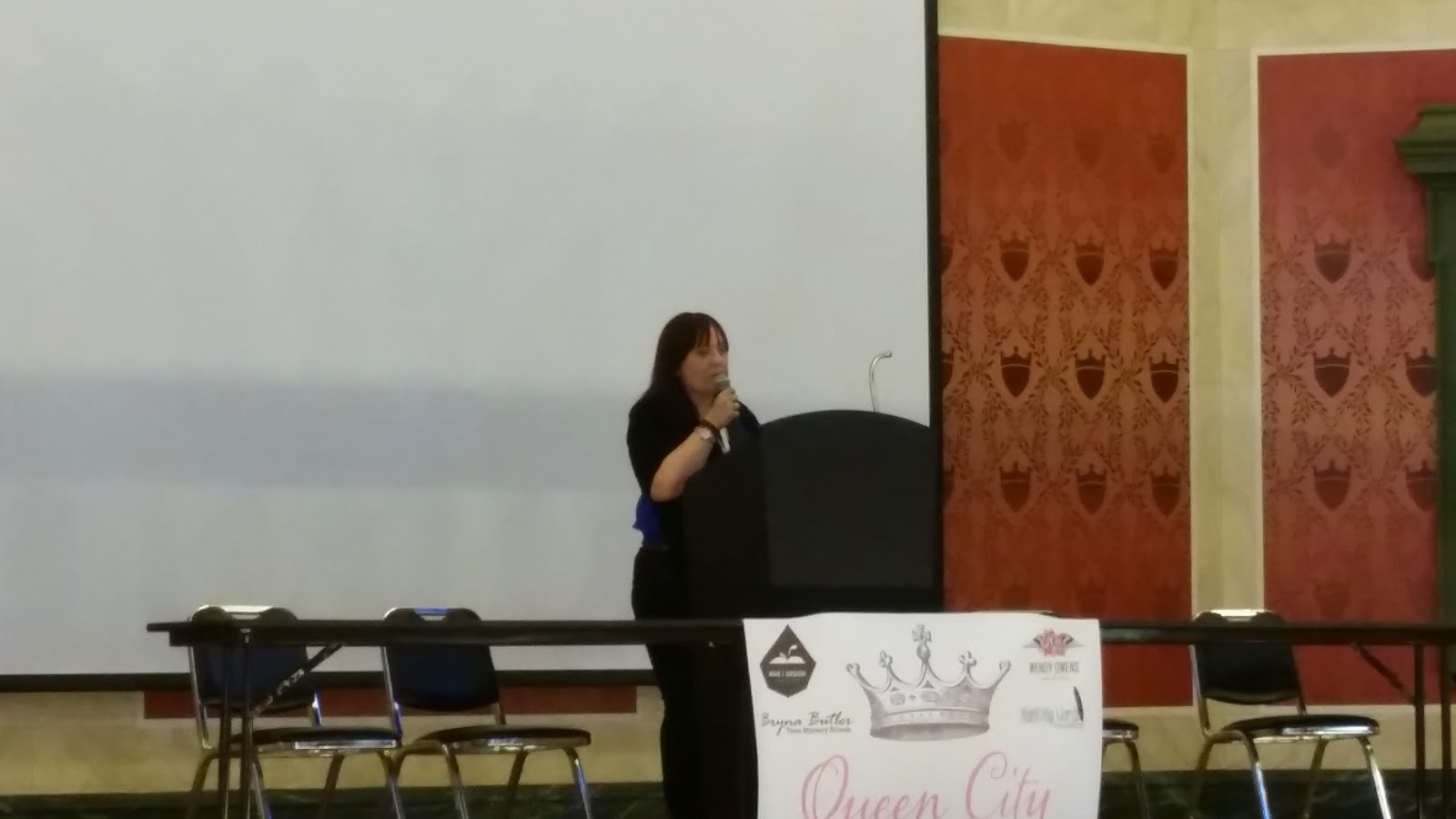From Google (thewritepractice.com/plotters-pantsers): A pantser plantsers plantsers
From the Urban dictionary online: Pantser: A NaNoWriMo term that means that you 'fly by the seat of your pants' when you are writing your novel. You have nothing but the absolute basics planned out for your novel. This outlook towards writing is often opposed by the 'planner', who knows exactly what is going to happen, when it will happen, and where it will happen. There is often enmity between the two types of writers.
From www.nownovel.com/blog/plotter-even-youre-pantser: Plotters tend to plan out the story in extensive outlines before they even begin the writing process.
As an author, I love listening to the characters and where they want to go with the story. I’ve heard other writers say this is much like “channeling” for lack of a better definition. The story and the characters lead you organically how they want things to happen with a little planning on your part. Other characters will “show up” when they are needed.
A good example of this was with my first novel Elemental Awakening. I knew the gist and ending of the story, but as I began to write, a main character, Raze, showed up without any planning on my part. He had a definite “voice” and a fully developed idea of who he was. It shocked me when he casually wandered onto the page. He ended up being the main driving force behind what was happening to the main character.
My story planning evolved a little on my fourth book when I decided I’d like to plan the “character” arcs of those in Torn, The Shilund Saga, book 2. I sat down with index cards and wrote each character’s name on it and what was going to happen to each of them. Then I sat down and began the journey with them. Still, the characters told the story and I simply listened.
I liked the index cards so much, I went with the idea on a bigger scale and bought presentation "post it notes" paper with smaller sizes and stuck the large sheet on my wall. I put the list of the characters on it and then used smaller
 |
| My crazy wall |
Another thing I did that helped my writing immensely, is I purchased “Scrivener” to help me keep my notes and character’s organized and even transposed some of what was on my board into Scrivener to assist with writing when I wasn’t at home and couldn’t just turn my eyes to look at the major plot points.
Now, I’ve started Redemption, book 3 of The Shilund Saga and I thought I’d try the “snowflake method” of outlining. I had my goal word count, coupled with my character arcs and set about to outline the entire book. I was actually surprised at how much I was able to put down and surpassed my 50 chapter goal and outlined through 69. It felt epic. So I’m starting the writing and we shall see how it goes. I wasn’t so stringent in my outlining that I haven’t allowed for characters to decide to “pop” in like Raze did. But I at least have more of a detailed road map of the story. This is a first for me.
I sat down with my writing group over the weekend and was discussing this very issue and was told by one of my writing friends they are a “hard core”
I’ve come to the conclusion that I agree with the notion that thewritingpractice.com posted with their definitions that most writers are “plantsers ” and tend to like one way more than another, ie more of the pantser way or the plotter way.
I’ll let you
know how this goes. I might be converted
to lean more towards the plotting way of a plantser
Good
additional reading:
If you want
to know more about Scrivener




















